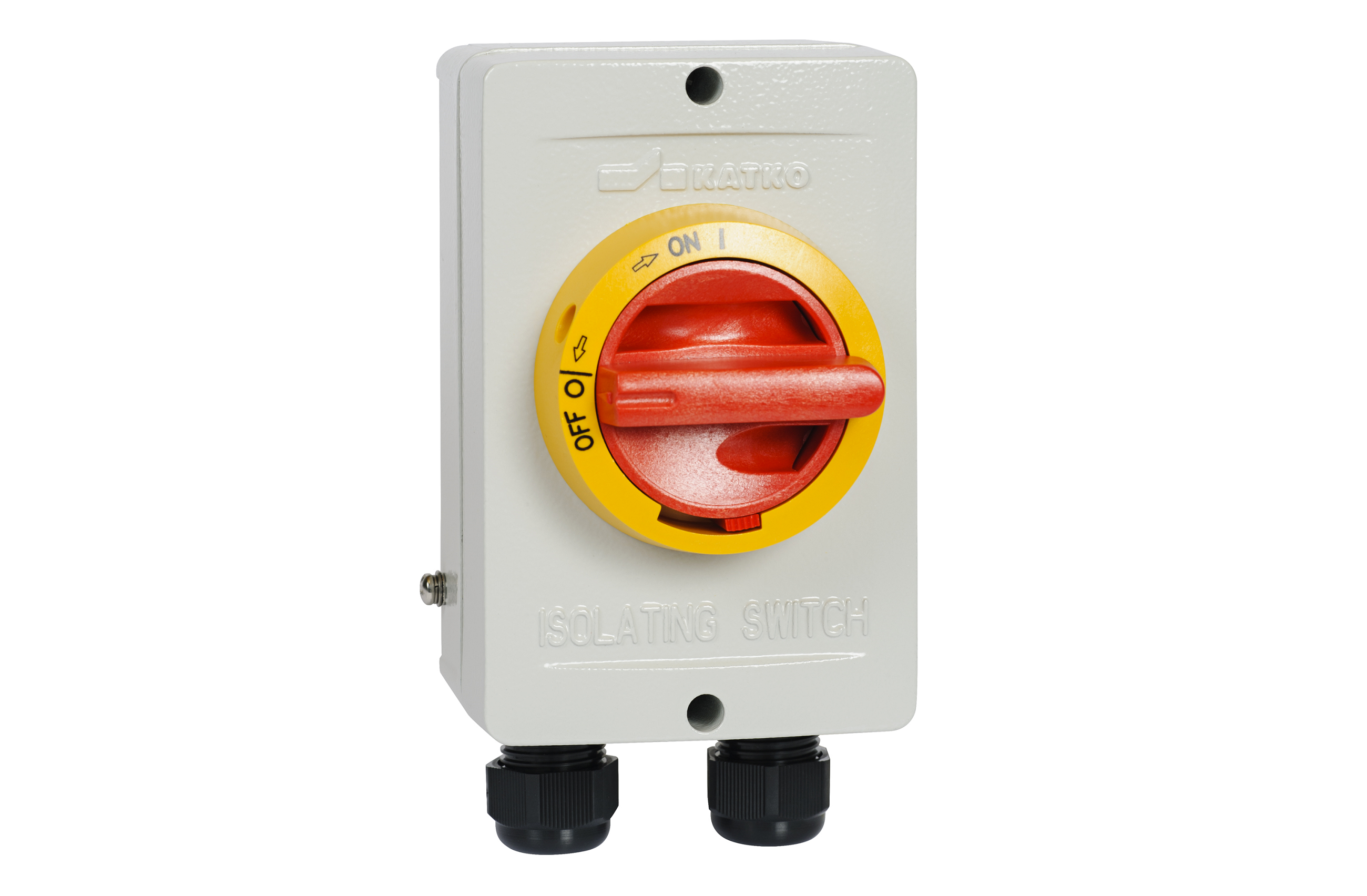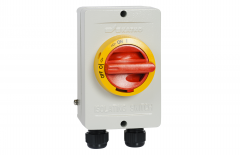This website uses cookies so that we can provide you with the best user experience possible. Cookie information is stored in your browser and performs functions such as recognising you when you return to our website and helping our team to understand which sections of the website you find most interesting and useful.
What is ATEX?
ATEX is an abbreviation of the French title of the 94/9/EC directive: Appareils destinés à être utilisés en ATmosphères EXplosibles. The ATEX directive consists is of two European Directives for controlling explosive atmospheres in a working environment.
- Directive 99/92/EC (ATEX 137 / ATEX Workplace Directive’) refers to the minimum requirements for improving the health and safety protection of workers potentially at risk from explosive atmospheres.
- Directive 94/9/EC (ATEX 95 / ATEX Equipment Directive’) refers to equipment and protective systems intended for use in potentially explosive atmospheres.
Explosive environments
In the workplace, explosive atmospheres can be caused by flammable gases, mists or vapours or by combustible dusts. Once the substance is mixed with the air, a source of ignition can cause an explosion. Explosions can cause life loss and severe injuries as well as severe damage.
Hazardous area classification chart
Gas Zone
| Classification of hazardous areas | Frequency | Equipment group | Equipment category | Area of application | Level of protection |
| Zone 0 | Continuous or frequent, or for a long period of time | II | 1G | Gases and vapours | Ga Very high level of protection |
| Zone 1 | Occasional | II | 2G | Gases and vapours | Gb High level of protection |
| Zone 2 | Infrequent or at malfunction | II | 3G | Gases and vapours | Gc Normal level of protection |
| N/A | Operation risk | I | M1 | Methane and carbon dust | Ma Very high level of protection |
| Disconnection Risk | I | M2 | Methane and carbon dust | Mb High level of protection |
Table 1: Gas Zones
Dust Zones
| Classification of hazardous areas | Frequency of explosive atmosphere | Equipment group | Equipment category | Area of application | Level of protection |
| Zone 20 | Continuous or frequent, or for a long period of time | II | 1D | Dusts | Da Very high level of protection |
| Zone 21 | Occasional | II | 2D | Dusts | Db High level of protection |
| Zone 22 | Infrequent or at malfunction | II | 3D | Dusts | Dc Normal level of protection |
Table 2: Dust Zones
IP Rating Guide
IP definition
Ingress Protection (IP) ratings are used to define levels of sealing effectiveness of electrical enclosures against intrusion from foreign bodies (tools, dirt etc) and moisture.
The first number indicates the level of protection that the enclosure provides against access to hazardous parts (e.g. electrical conductors, moving parts) and the ingress of solid foreign objects.
The second number indicates the level of protection of the equipment inside the enclosure against harmful ingress of water.
| Protection against ingress of solid bodies | Protection against liquids | ||||
| First number | Second number | ||||
| 0 | Not protected | No protection | 0 | Not protected | No protection |
| 1 | Solid object
Ø ≥50mm |
Protected against solid objects greater than 50mm in diameter.
e.g. hands, large tools |
1 | Vertical drops of water | Protected against vertically falling drops of water or condensation.
|
| 2 | Solid object
Ø ≥12.5mm |
Protected against solid objects over 12.5mm.
e.g. hands, large tools |
2 | Water droplets (at 15° from the vertical | Protected against falling drops of water, if the case is disposed of up to 15° from vertical. |
| 3 | Solid object
Ø ≥2.5mm |
Protected against solid objects over 2.5mm.
e.g. wire, small tools |
3 | Spraying water at any angle up to 60° from the vertical | Protected against sprays of water from any direction, even if the case is disposed of up to 60° from vertical. |
| 4 | Solid object
Ø ≥1mm |
Protected against solid objects over 1.0mm.
e.g. wires |
4 | Splashing water from any direction | Protected against splash water from any direction. |
| 5 | Dust protected | Limited protection against dust ingress (no harmful deposit). | 5 | Water jets from any direction | Protected against low pressure water jets from any direction. Limited ingress permitted. |
| 6 | Dust tight | Totally protected against dust ingress.
|
6 | Powerful water jets | Protected against high pressure water jets from any direction. Limited ingress permitted. |
| 7 | Immersion up to 1m | Protected against short periods of immersion in water. | |||
| 8 | Immersion beyond 1m | Protected against long, durable periods of immersion in water. | |||
| 9k | Powerful high temperature water jets | Protected against close-range high pressure, high temperature spray downs. | |||
Table 3: IP rating table
Equipment Groups
Group I
Electrical equipment designed for use in the subterranean areas of mines and those sections of such mines ‘ surface facilities are probable to be endangered by fired and/or fuel dust.
Group II
Applies to electrical equipment designed for use in other areas where explosive gaseous atmospheres above ground are at risk. Depending on the minimum ignition energy required to ignite them, the different types of explosive gases are grouped into IIA, IIB and IIC.
Group III
Electrical equipment designed for use above ground that is susceptible to explosive atmospheres of dust. Depending on the type of dust, the various kinds of explosive dust are divided into IIIA, IIIB and IIIC.
Gas
|
Group |
Gas | |
|
I |
Methane |
|
|
II |
A |
Acetone |
|
Acetic acide |
||
|
Ammonia |
||
|
Ethane |
||
|
Methylene chloride |
||
|
Methane (CH4) |
||
|
Carbon monoxide |
||
|
Propane |
||
|
N-butane |
||
|
N-butyl |
||
|
N-hexane |
||
|
Acetaldehyde |
||
|
Ethyl ether |
||
|
Ethyl nitrite |
||
|
B |
Ethylene |
|
|
Ethylene oxide |
||
|
Hydrogen sulfide |
||
|
C |
Acetylene (C2H2) |
|
|
Carbon disulphide (CS2) |
||
|
Hydrogen (H2) |
||
Dust
Combustible dust: Fine solid particles, 500 µm or less in nominal size, which may be suspended in air, may settle out of the atmosphere under their own weight, may burn or glow in the air, and may form explosive mixtures with air at atmospheric pressure and normal temperatures.
Non-conductive dust: Combustible dust with more than 103 Ωm electrical resistance.
Conductive dust: Combustible dust with less than 103 Ωm electrical resistance.
| Dust classification | |
| IIIA | Combustible flyings |
| IIIB | Non-conductive dust |
| IIIC | Conductive Dust |
Temperature Classes
The temperature classes are broken down from temperature classes T1 through to T6.
| Temperature class | Maximum surface temperature |
| T1 | 450°C |
| T2 | 300°C |
| T3 | 200°C |
| T4 | 135°C |
| T5 | 100°C |
| T6 | 85°C |
ATEX Isolators
ATEX isolators are known for gas explosive areas in the oil & gas industry. However, there are various industries where dust mixed with air can become hazardous. The different ATEX zones relate to different areas, area zone 22 is ‘a place in which an explosive atmosphere, in the form of a cloud of combustible dust in the air, is not likely to occur in normal operation but, if it does occur, will persist for a short period only’.
ATEX Zone 22 Isolators
Applications
ATEX isolators are designed for areas, where the dangerous substance is dust (3D), such as:
• Bakeries
• Mechanical wood handling
• Agricultural machinery
• Cement
• Animal feed
• Silos
• Quayside sheds
• Milling
Katko ATEX key benefits
• Conforming to Directive 2014/34/EU, EN 60079-0 (2012), EN 60079-31 (2014)
• Suitable for use in Zone 22 (Category 3D)
• IP66
• Frontal impact test of 7J
• Available in aluminium and stainless steel
• Available in yellow/red: Add Y/R at the end of product code
• Padlockable
• Door interlock with defeat mechanism
• Separate ATEX-enclosures upon request
• ATEX certified cable glands included
Contact Dalroad for further information on Katko ATEX isolators, safety switches, load break switches, fused switches and related accessories on 01582 505 252 or email [email protected]


